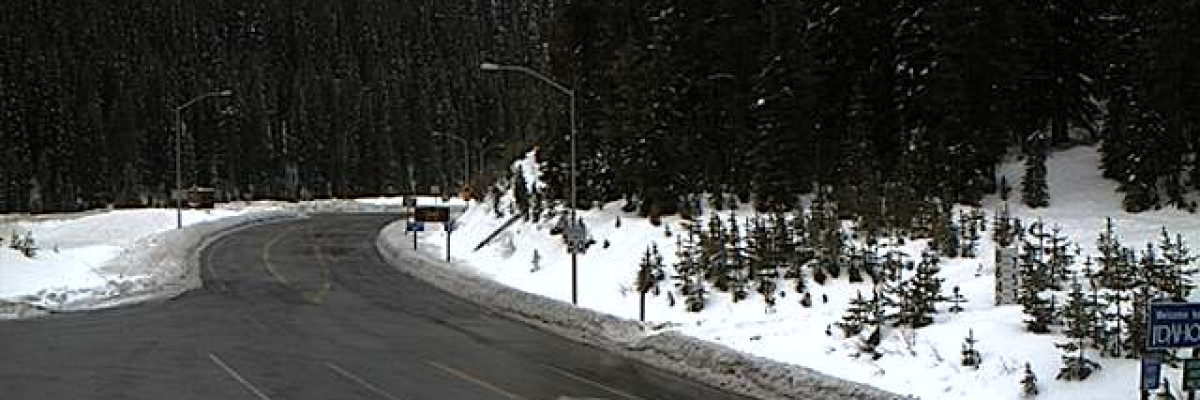Good morning, this Dudley Improta with a snow conditions update for December, 6, 2014. We will begin regular avalanche advisories on Friday, December 12.
Warm mountain temperatures have helped stabilize the snowpack in our area. Weather and SNOTEL stations this morning are showing temperatures just above freezing at elevations up to 6000 feet and temperatures in the high 20’s up to 8000 feet. The Stuart Mountain SNOTEL shows that the Rattlesnake snowpack has settled 3 inches in the last 48 hours. These are good signs for stability.
We were able to clean the rime off the wind speed and wind direction devices on Point Six yesterday. The station indicates southwest winds changed to east and southeast winds last night. The winds have been blowing 8 to 17 mph.
Steve could get the facets that formed in November to fail yesterday in snow pits; but the failures were not showing much energy. All this is good compared to what we were hearing 10 days ago.
There is always some avalanche problem to consider. For now I would still not trust the facets on the bottom of the snowpack. I would be particularly wary of areas with relatively shallow snow and areas with rocky outcrops or cliffs. Rock formations typically hold these facets for a long time. The other possible problems might be loose wet snow sluffs or small wind slabs.
Weather Forecast and Avalanche Outlook
A fast-moving system is predicted to pass through the region tonight. This disturbance could produce higher winds and up to 6 inches of snow at elevations above 7000 feet. This storm could increase the chances of wind slabs on leeward slopes at the higher elevations.
Early Season Tune-up
The snow has arrived and the early season “keeners” have already been logging vertical. Take some time to go through your avalanche gear and make sure you’re ready for recreating in the mountains.
1. Check your transceiver(s) and put in fresh batteries; check for corrosion. Run through a few practice drills with your transceivers.
2. Pull out your probes and shovels and put them together. Consider putting a little lubrication on the joints and parts that fit together. Check your shovel blades and shafts for cracks or weaknesses.
3. Go through your “possibles” ; your first aid and repair kits. Clean them out, reorganize the contents, make sure you have what you think you may need. Check your fire starting kit; perhaps put in fresh materials.
4. Meet with your backcountry partners and practice several rescue scenarios, including multiple burials, deep burials, probing, and shoveling.
5. Look into avalanche training if you haven’t already taken a course. If you’re going to ride or ski slopes over 30 degrees you can never be 100% sure the slope won’t fail. You need to hedge your bets.
6. Maybe take that 3-year-old power bar out of your pack and put a new one in.














